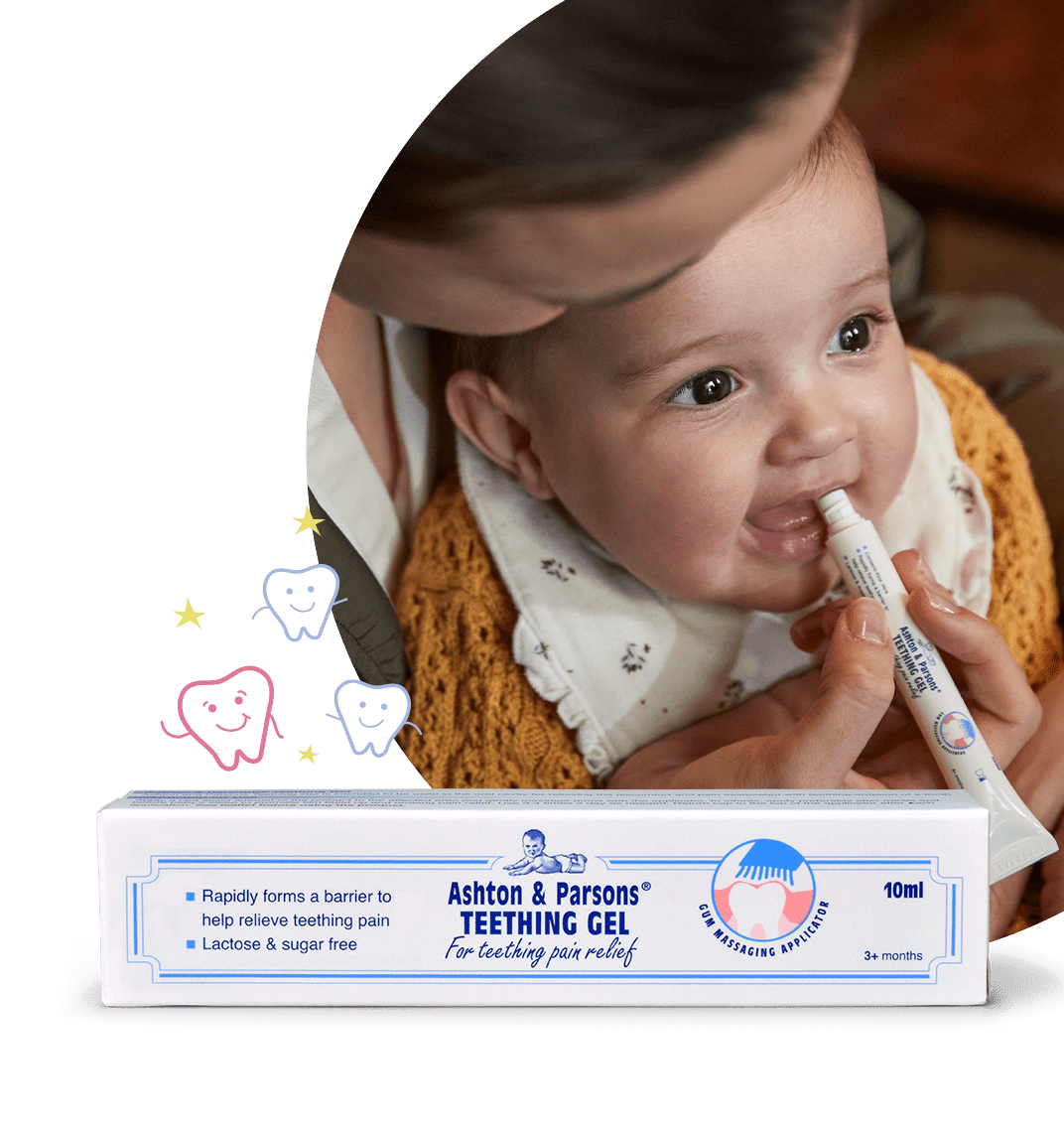For breastfeeding mums, teething can potentially pose extra worries at what can already be a difficult time. Unfounded or not, fear for the safety of your nipples is real! And there’s plenty else to think about and adapt to once your little one starts displaying teething symptoms. Here we’ve collated a series of tips from breastfeeding mums which can help you and your baby to navigate the teething process more comfortably.
Latching on and off
- A good latch means that the tongue will be resting between the lower gums and any emerging teeth and your nipple, so that will help to keep you safe from any biting. Aim for this kind of latch as much as possible.
- Consider experimenting with different feeding positions – this might help you both achieve a better latch. Depending on where the teeth are emerging and the gum pain is, changing up feeding positions can make it easier to feed as you can avoid – or actually target – the sore parts of the mouth. Some youngsters will find relief from slight pressure on their sore gums, while others will want to avoid the extra pressure. Varying positions will also help you if you have any nipple tenderness from accidental / experimental biting as it will switch up the pressure point on your nipple.
- Some mums suggest you can avoid unwelcome bites during unlatching by placing a clean finger behind your baby’s front teeth as you detach.
Keeping calm
- Restless and grizzly babies don’t always make for good feeders, and teething babies can struggle to feed as well or as often as they have previously, so consider pro-actively offering your child feeds while they appear settled and contented.
- Most parents opt to provide some pain relief to relieve their little one’s discomfort during teething. With reduced soreness, feeding is less likely to be affected by the teething process. Pain relief options include:
- chilled (not frozen) teething rings and mitts
- a chilled (not frozen) flannel to chew
- a medical device such as Ashton & Parsons’ Teething Gel, which comes with a soft brush applicator to gently massage the gel into your baby’s gums
- sugar-free paracetamol or ibuprofen (following advice from a health professional)
For more hints and tips on teething remedies, check out this article from health visitor, Tracy Stone.
The act of breastfeeding itself is a source of comfort to a teething baby: being close to mum, getting cuddled, and building that beautiful connection are all reasons why breastfeeding during teething can be a wonderful experience.
Ashton & Parsons Teething Powders are a traditional herbal medicinal product used for the symptomatic relief of teething pain and the symptoms associated with teething which are sore and tender gums, flushed cheeks and dribbling, exclusively based upon long-standing use as a traditional herbal remedy. Contains tincture of matricaria. Always read the label.
Ashton & Parsons Teething Gel is a medical device. Always remember, product should be applied by adults. Never leave a medical device in the hands of a child.
References:
https://www.llli.org/breastfeeding-info/biting/
https://www.nct.org.uk/baby-toddler/feeding/common-concerns/breastfeeding-why-babies-may-bite-and-how-stop-it
https://www.laleche.org.uk/breastfeeding-and-teething/
https://www.nhs.uk/start4life/baby/breastfeeding/how-to-breastfeed/latching-on/#anchor-tabs
https://www.nhs.uk/start4life/baby/breastfeeding/how-to-breastfeed/breastfeeding-positions/#anchor-tabs






